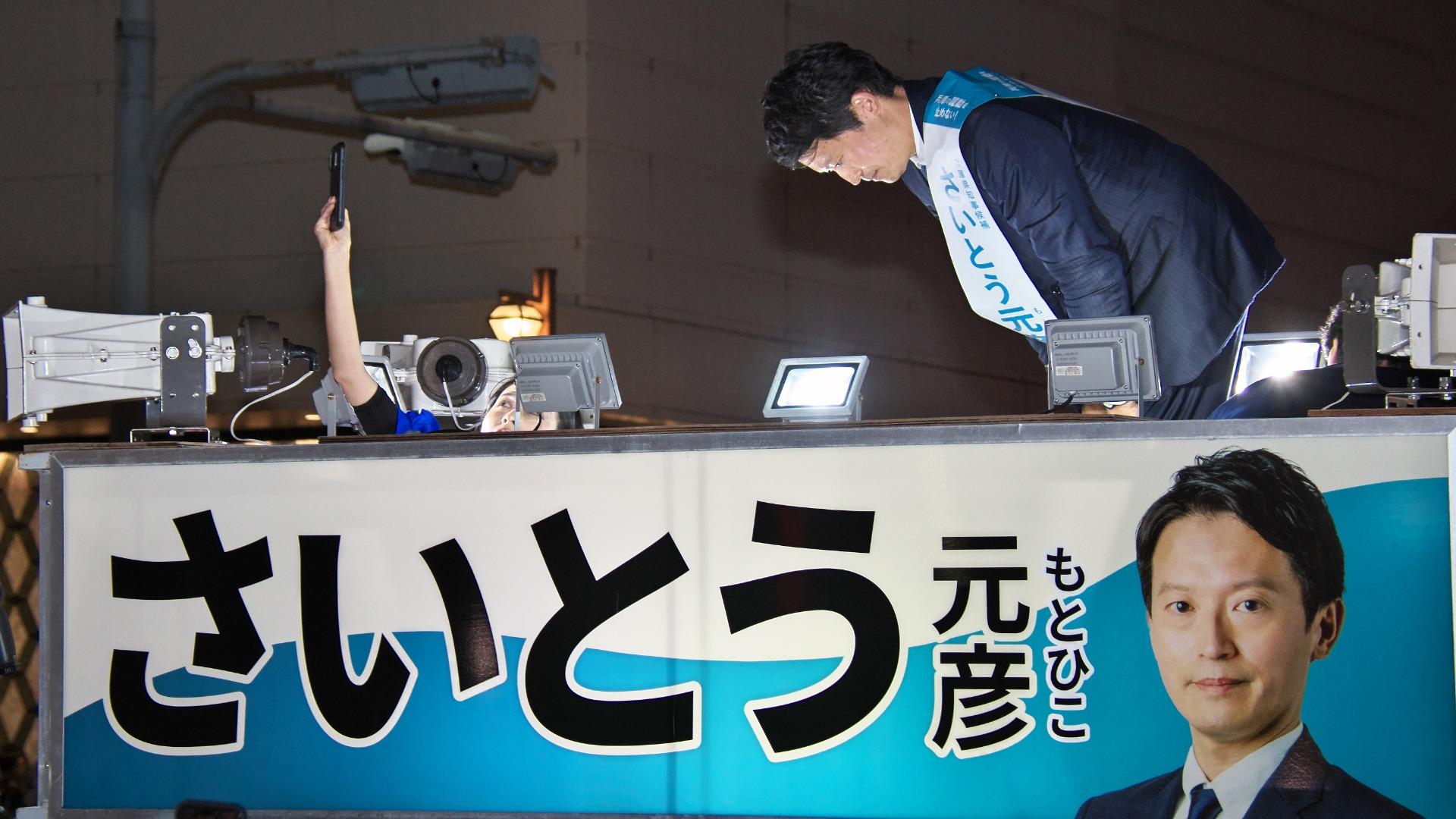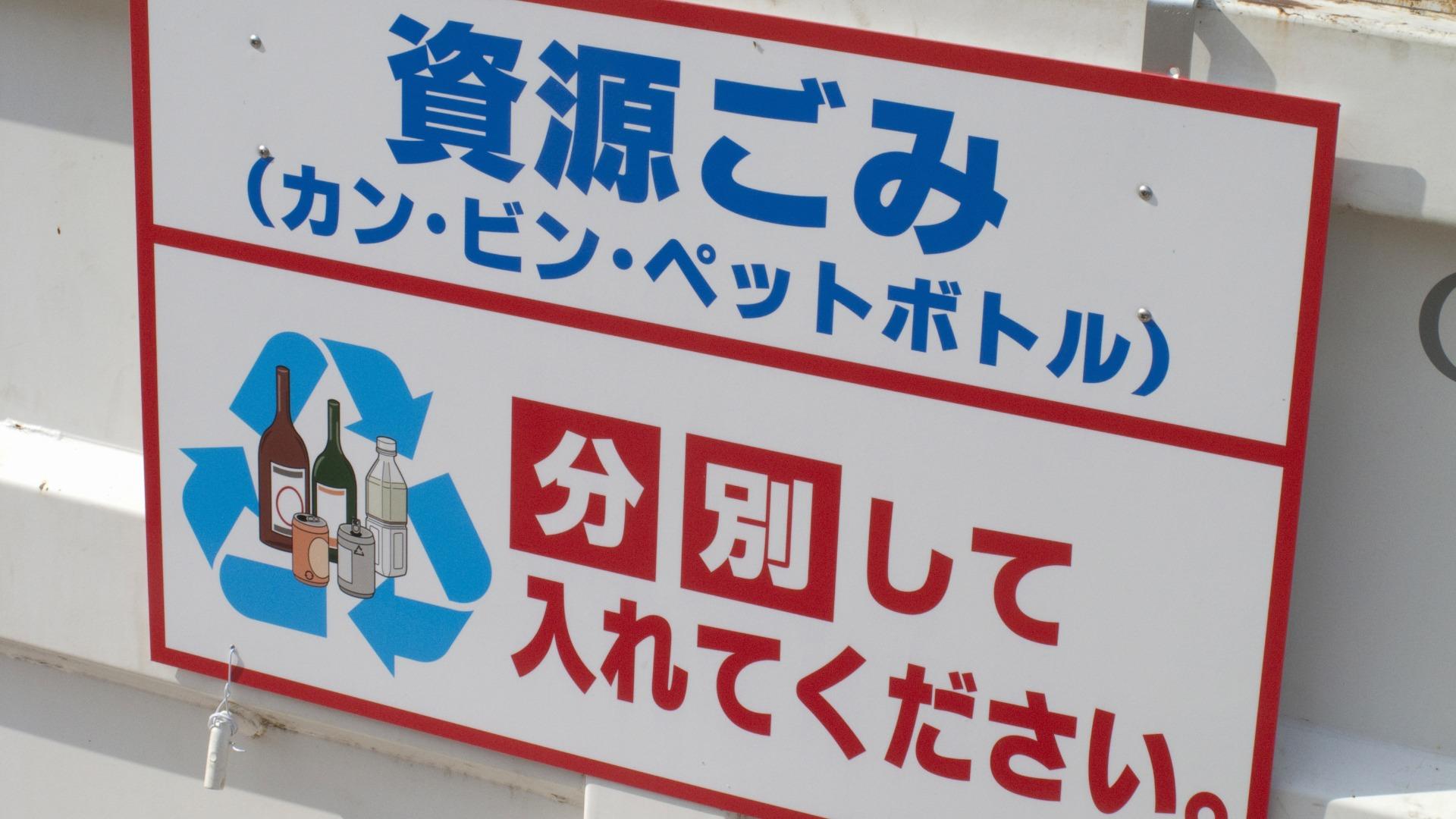北欧4カ国(デンマーク・フィンランド・ノルウェー・スウェーデン)の食品の期限表示と食品ロスについて

先進国の多くにおいて、賞味期限や消費期限など、食品の期限表示が食品ロスに与える影響は大きい。2016年10月に来日したスウェーデンの女性研究者に、当時お会いして聞いたところ、北欧2カ国において、賞味期限表示を、日付ピンポイントではなく、アバウトな(おおまかな)形に変えたところ、食品ロスが20%以上削減されたという。その結果を元に、フィンランド政府でも、期限表示を変えることで食品ロスを削減できないか検討している・・・という話だった。
そこで、北欧食品廃棄物プロジェクトが発表している報告書『食品廃棄物と日付ラベル表示 品質保持期限に影響を及ぼす問題』に注目した。テキサス大学オースティン校(University of Texas at Austin)を卒業され、同校で講師を務める、英日翻訳者のランサム川嶋はなさんに翻訳を依頼し、内容を解読してみた。

「消費期限表示は品質劣化しやすい食品にのみ使用すべき」
北欧食品廃棄物プロジェクトは、報告書のまとめとして、4つの推奨事項を提案している。その1つが、「消費期限表示は、品質が劣化しやすい食品にのみ使用すべき」というものだ。
Durability labelling should be chosen carefully. “Use by” applies to food safety and should only be used on highly perishable food items where the storage time can lead to an immediate health risk despite storing according to instructions.
日本でも同様だが、消費者は、賞味期限や消費期限などの期限表示に購買行動・消費行動を左右されやすい。むやみに短く設定されると、それだけ、店頭での買い控えや、家庭での直接廃棄(冷蔵庫にしまっておいたものなどをそのままゴミ箱に直接捨ててしまうこと)が増えてしまう。
日本では、日持ちが5日以内のもの(弁当、サンドウィッチ、生クリームのケーキなど)には「消費期限」が表示される。場合によっては時刻までが表示されている(下記のグラフで赤線)。
それ以上、長く食べられるものについては、美味しさの目安である「賞味期限」が表示される(下記のグラフで黄線)。賞味期限の日付は、食べられなくなる日付ではない。だが、消費期限と混同している例も見られる。

北欧食品廃棄物プロジェクトが取材した結果、食品の期限表示を決める方法に大きなバラつきがあったことが明らかになった。期限表示も、製品カテゴリによっては、日本でいうところの「消費期限」と「賞味期限」の使い方すら間違っているものもあったという。
Interviews with representatives of the food processing industry and retailers were conducted. A qualitative and quantitative mapping of selected products was carried out, in combination with examples from the literature. The selected products were refrigerated products (milk, cooked ham, minced meat, smoked salmon and chicken salad). The food industry was also interviewed on whether they use ”best before” or ”use by” date, and how they determine the durability.
食品メーカーや小売業には表示の指針を、消費者には食品保管に関する正しい情報を
北欧食品廃棄物プロジェクトが2つめに提案しているのは、食品事業者に対しては、優れた表示の指針を作成すること。消費者に対しては、賞味期間を延ばすのに必要な情報を伝えることである。
Better guidance to the food processing industry, retail and con- sumers. For the food processing industry and the retail stores it is recommended to develop guidelines for “best practice”. Con- sumer information about date labelling and durability of food products needs to reach out in a much higher degree. Likewise it is important to inform the consumers regarding storage and handling of foods, which is critical for the durability.
北欧食品廃棄物プロジェクトの取材によれば、ほとんどの企業は、日付表示に関する法規制(2014年12月から適用されている「消費者への食品情報の提示に関する法令」EU番号1169/2011)を熟知しているという。しかし、一部には、詳しい指針を求める生産者もいるという。
EUでは卵の賞味期限は産卵から21日、日本ではパック日から14日
EUでは、卵の賞味期限表示に規制がある。実際には、産卵から28日間が最長だが、産卵から21日以内に消費者に届けることが義務付けられている。なぜなら、多くのEU諸国が卵を室温で保管しているからであり、冷蔵庫で保管する場合には、大幅に延長されるであろうとしている。
There is a special EU-legislation for date labelling of eggs, according to which the maximum best before-date is 28 days from the date of laying but eggs must be delivered to the consumer within 21 days of laying. The cause for the use of such a short time period is that eggs in many EU-countries are stored at room temperature. If eggs are stored in the refrigerator the durability will extend considerably.
日本では、もっと短く設定している。産卵から7日以内にパックされ、パックされた日から14日間が賞味期限だ。実際には、10度以下で保管した場合、生で食べられる期間は57日間とされている(日本卵業協会による)。

スウェーデン・デンマーク・フィンランドで協調し、保管温度引き下げを目指そう
プロジェクトの3つめの提案が、スウェーデン・デンマーク・フィンランドが協調し、食品の保管温度の引き下げを目指す、というものだ。なぜならば、生鮮食品の、卸と小売での保存温度が、国によって3度から8度と、まちまちだったためだ。

スウェーデンでは一般的に高めの温度が定着している。デンマーク・フィンランド・ノルウェーの各国間でも違いがあった。保存温度を下げることで品質を保持する期間を長くすることができる。
プロジェクトの報告書は、「保存温度の引き下げについて相互に合意できれば、スウェーデンとデンマークで生鮮食品、フィンランドで一部の食品の品質保持期間を延長することが 可能になるであろう。となれば、複数の北欧諸国で製品を販売している生産者にとっても楽になる」としている。
Specified storage temperature for perishable food items varies be- tween 3〜8°C. In Sweden there is an established use of generally higher temperature, but there are also minor differences between Denmark, Finland and Norway. It is obvious that lower storage temperatures will increase food durability. If an agreement is achieved regarding mutual lower storage temperatures, it would be possible to extend the durabil- ity of perishable foods in Sweden and Denmark and for some products in Finland. This would also make the situation simpler for the producers that sell their products in more than one Nordic country. One product may then have the same required durability no matter which country it is sold in.

卵の生産者が賞味期限を決められるよう規制を変更すべき
北欧食品廃棄物プロジェクトの4つめの提案として、他の食品と同様、卵についても、生産者自身が賞味期限を定められるよう、そして保管条件情報を消費者に提供できるよう、規則を変えることを推奨している。
The Nordic project group recommends that eggs should be regu- lated like any other food items where the producer is responsible for establishing the durability and provide information regarding storage requirements. As long as the current legislation applies, there will be more need for consumer guidance regarding the durability of eggs.
筆者も著書『賞味期限のウソ 食品ロスはなぜ生まれるのか』(幻冬舎新書、3刷)で、卵の賞味期限が「夏場に生で食べられる前提」で14日間と設定されていることを指摘している。
ニワトリは、1個の卵を24時間以上かけて産んでいる。安易に捨てるのではなく、また安全性を軽視するのでもなく、食べられるものについては最後まで命を生かして食べきるのが本来のありかただろう。
小売店の食品廃棄物を削減するためには
以上4点については、報告書の最後にまとめてある。
この4点には含まれていないが、報告書の中で、小売店の食品廃棄物を削減するためには何が必要か、ということについても触れられている。
報告書では、「品質保持の期限が短い製品を発注する際には、 予想売上の徹底的な評価を行うことが何より大切である」としている。
評価する際には、通常どれくらいの量売れているのか、その製品カテゴリにおいて選択肢(競合商品など含め)どれくらいあるのか、キャンペーン予定があるか、などの要素を留意すべきとしている。
In order to reduce food waste in retail stores it is first of all important to do a thorough assessment of the expected sales when ordering products with short durability. This should be regarded in context with how much is usually sold of the product and how wide the selection
is in the product category and if there are any planned campaigns. During campaigns fewer products are sold of equivalent products. There should also be facilitations to reduce the price of products if the remaining durability of the product is short.
精肉の賞味期間を延長するための包装方法についての提言
報告書では、精肉の賞味期間を延長するための包装法についても言及している。ほとんどの消費者が、肉の赤い色に釣られて酸素を多く含む包装の肉を店頭で選ぶと指摘しているが、賞味期間を延長するためには酸素を使用しないほうがよい。
ノルウェーでは、精肉の包装時に使用する包装用ガスに、二酸化炭素と窒素(CO2/N2)が含まれている。実際、ノルウェーでは、包装用ガスを高酸素から二酸化炭素/窒素(CO2/N2 )に変えることにより、 品質の保持期限が10日から18日に延長し、店舗での食品廃棄物が4分の1減ったという。
In Norway a mapping of waste of minced meat has been carried out. It shows that a change in the packaging gas from high oxygen to CO2/ N2 increased the durability from 10 to 18 days, and that the waste in the store was reduced with one-fourth.

日本でも、大手食品小売のイオンが、精肉や精魚の賞味期間を1日から2日延長できる「MAP(マップ)包装」を導入したことが、2017年5月19日付の日本経済新聞の記事で報じられている。
記事によれば、新型包装を使った商品は廃棄と値引きの件数を約3割削減できたそうだ。「廃棄などに伴う損失を防ぐだけでなく、値札の付け替えや再陳列といった作業の効率化にもつなげる」という。
「賞味期限」表示が消費者の廃棄行動や購買行動に及ぼす影響
政府広報オンラインの『もったいない!食べられるのに捨てられる「食品ロス」を減らそう』には、食品を使用しないで廃棄した理由として、「賞味期限・消費期限が過ぎたから」というのが2番めに挙げられており、50%以上が回答している。

これは平成21年度の調査であり、最近実施された別の調査では、冷蔵庫に閉まってあるものに関しては、たとえ賞味期限が過ぎても使う、というデータも出ている。だが、スーパーやコンビニで牛乳などを買う時はどうだろうか。
筆者が600名以上にアンケート調査を行った結果によれば、90%程度の人が「賞味期限の日付の新しいのを買おうとして、商品棚の奥に手を伸ばして取ったことがある」と答えている。期限表示が消費者の購買行動に及ぼす影響は大きく、それは、ひいては小売業での廃棄に繋がっている。
北欧食品廃棄物プロジェクトによるこの報告書を参考に、日本でも、賞味期限・消費期限が及ぼす食品ロスに注目し、少しでも改善する施策を考えていきたい。
関連記事:
参考資料:
日本語訳:ランサム川嶋はな(英日翻訳者。テキサス大学オースティン校:University of Texas at Austin 講師)










